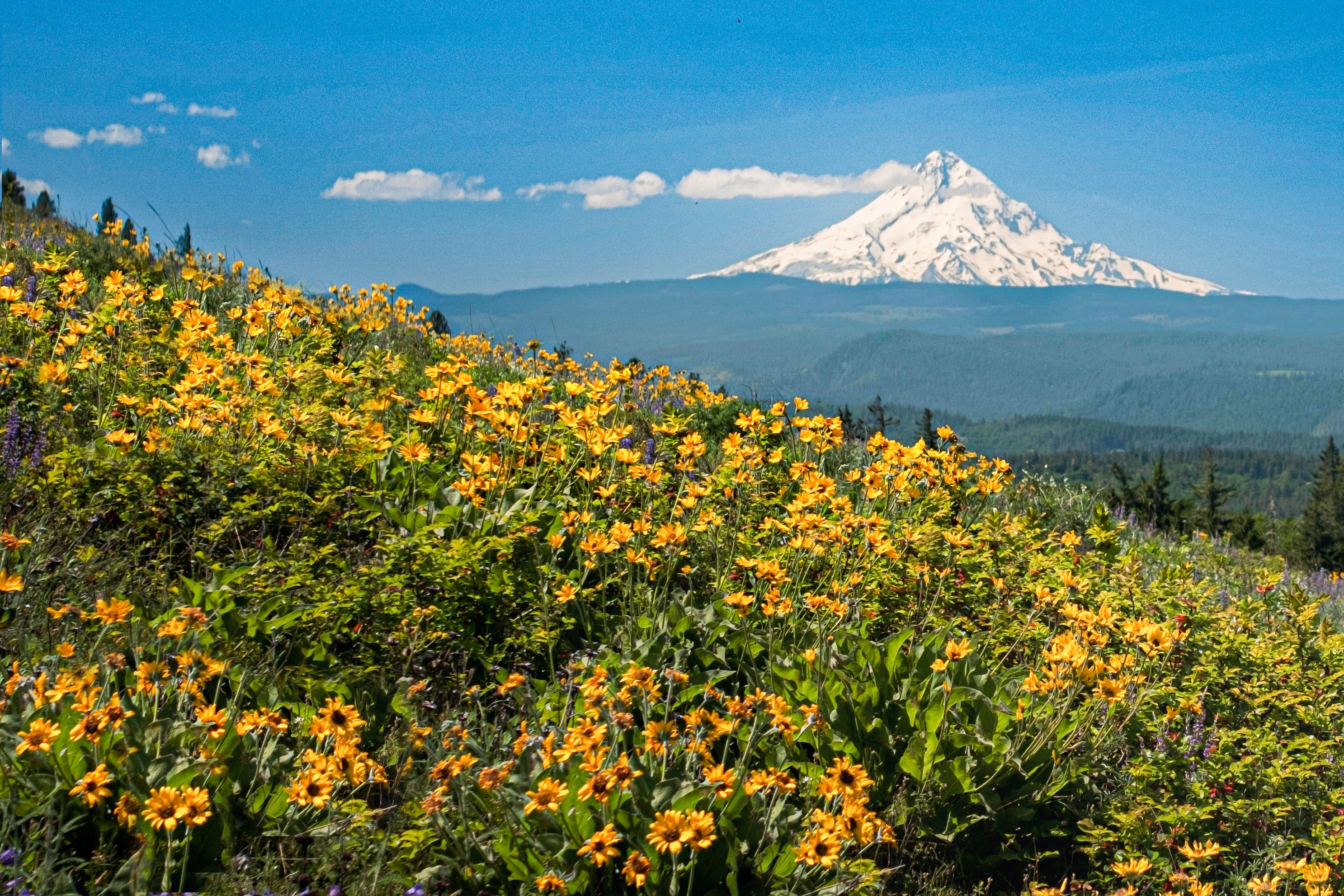Plant a Summery Container
Planting a summery container is pretty easy: at its most basic, you pick your container, then add soil, plants and water. But as with most things that sound easy, there are a few fancy little tricks of the trade to know about if you haven’t done it much before.
First…
1. Pick your pot. You can start with an existing planter and then find the plants that will suit it or start with the plant and pick a container. But chances are, you already have a pot, window box or urn that’s left over from last year, waiting to be filled.
If you’re working with a smallish pot (say, 12” diameter or less), try planting just one fine, summery flower or foliage plant in it. An ordinary coleus, succulent or geranium can be perfectly charming, even rather clever – when it’s featured solo. Just make sure you’ve picked a plant that will survive in the amount of sun or shade you’re offering. More than one or two plants in a small pot and you’ll be on frequent watering duty in hot weather.
A larger pot (=more root space) expands your options, although most seasonal plantings (vs permanent plantings) really only need 6-10 inches of soil depth. Consider using a planter insert ($5 to $13, depending on diameter) or light-weight pot filler ($20 for small/medium pot -$30 for medium/large) to minimize the weight of larger pots, decrease the amount of soil you need to use, allow you to move pots more easily, and improve drainage.
2. Add potting soil. Most quality commercial potting soil combines peat moss, compost or worm castings and pumice or perlite. Some also include ground bark, coir to improve moisture retention, slow-release fertilizer ("organic" or petroleum-based, depending), or micorrhizae to feed plants’ roots.
For good drainage (think succulents, pines or lavender), choose potting soil with plenty of pumice or perlite. Ground bark can be a helpful addition for potting up trees and woody shrubs, as well as conifers. The debate rages on about whether peat is "renewable" – it seems like an old-growth product to me, and too slowly renewable, so I avoid it where possible. Coir (derived from coconut hulls) is a good lightweight alternative but very moisture-retentive (perfect for, say, fuchsias, ferns or begonias) so not as good for plants requiring quick drainage. Buy organic fertilizer and micorrhizae separately (try Naomi’s Organic Farm Supply or Concentrates and custom-blend them or just buy organic potting soil containing those materials pre-mixed. Help drain holes stay clear in smaller seasonal pots by placing a square of air-permeable frost cloth over the bottom of the pot to prevent pumice or wood chips from clogging it. Avoid using gravel, soda bottles, Styrofoam peanuts or any other "junk" at the bottom of pots, as these materials are difficult to remove or clean and the latter two materials compact.
3. Pick out your plants (the fun part). Combine seasonal summery flowers that tickle your fancy – fragrant, dark purple petunias with chartreuse licorice plant (Helichrysum petiolare ‘Limelight’) and hot coral zonal geraniums or perhaps quaint orange Cuphea or hot pink, velvet-budded Salvia involucrata to attract hummingbirds. Or plant perennials that will look better and better as the summer turns to fall, like tall sedum, ornamental grasses like Shenandoah switch grass (Panicum virgata ‘Shenandoah’) or mixed pots of herbs (try rosemary, sage, thyme and a peachy calendula, with chives in the middle).
If you’re having trouble deciding what to plant, bring the pot to a well-stocked local plant nursery and tote it around on a cart while hunting for inspiration. If the pot’s too big or fragile, bring a photo of it with you (with measurements). Some local nurseries like Cornell Farms , Seven Dees and Portland Nursery have some talented people who can provide solid container planting advice.
Finally, add non-toxic slug bait (Sluggo) and scratch in organic fertilizer a couple of times in the summer to keep plants fiesty.





